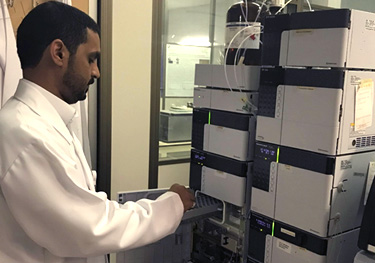
Modern consumer devices and electric vehicles require electrical energy, thus creating a demand for a variety of elements, including lithium for L-ion batteries, uranium for nuclear power production, and rare earth metals for solar cells. Demand for these elements is presently satisfied by mining ore deposits in the Earth’s crust. However, this approach has several drawbacks: 1) There is an uneven distribution of mineral resources, such that some deposits are located in difficult-to-access regions; 2) the industrial-scale extraction and ore processing has a substantial negative impact on the environment due to land use and pollution; and 3) deposits of some scarce elements may not be sufficient to supply the increasing demand. These drawbacks provide important reasons for examining alternative sources of industrially relevant elements. The oceans contain an enormous quantity of dissolved elements (including lithium, gold, silver, and rare earth elements) and can be considered as a possible alternate source for these industrially important resources. Unfortunately, the concentration of the most valuable elements in sea water is low, and hence, large amounts of water would required to be processed in order to recover sizable amounts of these elements. Presently, this limitation outweighs the possible economic and environmental benefits of harvesting elements from the oceans/seas. Scientific discoveries resulting from the JCIN collaboration between NU and KACST could potentially be used to develop new materials that would enable harvesting valuable element resources from the oceans: 1) Anti-fouling membranes presently being developed for water desalination may be adapted to selectively filter-specific elements from sea water; 2) porous materials being developed for L-ion batteries may be adapted for selectively capturing lithium; and 3) highly stable nano-porous coordination polymers developed in collaboration with other researchers at NU can provide an ideal platform for developing materials to capture a wide range of elements from seawater.
This project aims to develop new materials to ameliorate these issues, including i) developing adaptive, anti-fouling membranes for water desalination and selectively removing specific elements from seawater; ii) designing, synthesizing, and testing stable nano-porous coordination polymers capable of capturing a wide-range of elements from seawater. The development of novel porous materials to sequester elements from seawater will have environmental benefits and will enhance the quality of water supplies.